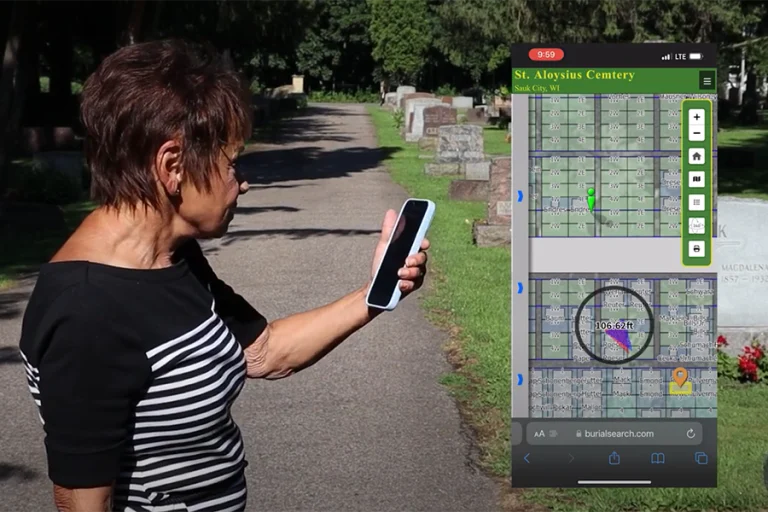Cemeteries serve as solemn resting places, offering a chance to remember and honor those who have passed. However, navigating through vast expanses of graves can be daunting. Learning how to read cemetery maps and find specific graves can significantly enhance your visit. This guide provides essential steps to help you locate a cemetery and find graves efficiently.
Understanding Cemetery Layouts
Cemetery maps are designed to provide a visual representation of the burial plots and sections within the cemetery. Generally, these maps are divided into several sections, which may include:
- Sections or Blocks: Larger areas often labeled alphabetically or numerically. Each section contains multiple rows of graves.
- Rows: Within each section, graves are typically arranged in rows, making it easier to identify specific locations.
- Individual Graves: Each grave often has a unique identifier, such as a lot number, plot number, or grave marker.
Familiarizing yourself with these components is the first step in learning how to read cemetery maps effectively.
Step-by-Step Guide to Locating a Cemetery
- Gather Information: Before attempting to locate a cemetery, collect as much information as possible about the deceased. Important details include their full name, dates of birth and death, and any known locations of burial. This data can help narrow down which cemetery you may need to visit.
- Utilize Online Resources: Use online platforms like Find a Grave or cemetery-specific websites that often feature searchable databases. These resources can help you locate a cemetery and provide specific grave details. Additionally, websites like Ancestry.com can connect you to cemetery records and family trees.
- Contact Local Authorities: If online resources don’t yield results, contact local county clerk’s offices or funeral homes. They often maintain records of burials and can guide you to the correct cemetery.
Visiting the Cemetery
Once you’ve determined the cemetery where your loved one is buried, it’s time for your visit:
- Obtain a Map: Upon arrival, ask for a cemetery map at the entrance or office. This map should outline the sections and rows, helping you pinpoint the grave’s location.
- Seek Staff Assistance: Cemetery staff can be invaluable in helping you locate specific graves. They are often familiar with the layout and can provide insights into any recent changes or updates in grave locations.
- Mark Your Path: As you search for the grave, take notes or sketch a simple map. This practice is particularly helpful if you plan to visit the cemetery again in the future.
Utilizing Technology for Grave Locating
Modern technology has made it easier to locate graves. Many cemeteries are now adopting GPS and digital mapping services that provide real-time data on grave locations. If your local cemetery offers such services, consider using them to streamline your search.
Conclusion
Navigating a cemetery and finding a specific grave may seem intimidating, but with the right preparation and tools, it can become a meaningful experience. By gathering necessary information, utilizing online resources, and making use of cemetery maps and staff assistance, you can effectively locate a cemetery and find the graves of loved ones. Remember to approach the experience with respect and reflection, honoring the memory of those interred.





